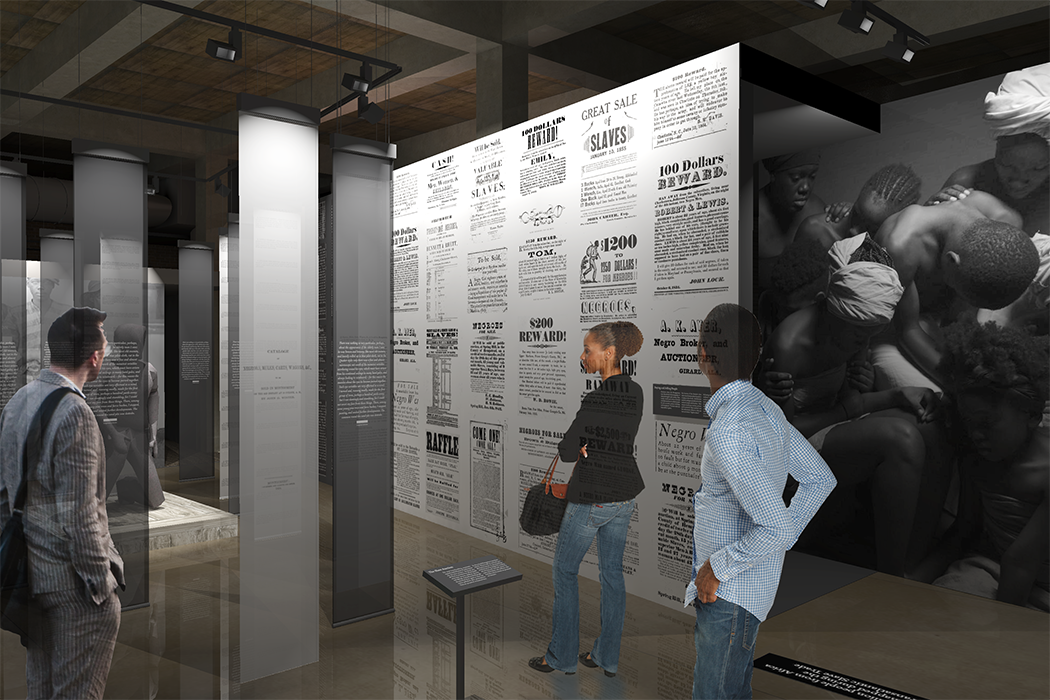Bryan Stevenson and the Equal Justice Initiative (EJI) are slated to open the United States’ first slavery museum in 2018. The museum is to be called From Enslavement to Mass Incarceration, and will go far beyond providing a terminal history of slavery. Rather, the museum aims to trace the effects of slavery reverberating in the present day, considering the United States’s various eras of “racial terror, segregation, and mass incarceration.”
In 2011, Stephen B. Bright wrote “Bryan Stevenson as Hero,” for Human Rights journal, citing numerous reversals of death sentences for which Stevenson and his EJI colleagues were responsible. Bright provides further examples of Stevenson’s social justice work, including his founding of EJI’s Post-Release education and Preparation program, a reentry initiative to help adults who entered prisons as juveniles with their unique reentry needs. Stevenson also started the “Black Belt Education Program,” which teaches students from Alabama’s rural Black Belt about social justice issues.
In 2013, Bryan Stevenson and Congressman John Lewis cowrote “On the Presumption of Guilt” for Human Rights, laying out problematic and emblematic examples of our flawed justice system. They begin by telling the story of Louis Taylor, a teenager who was wrongfully arrested and who subsequently served forty-two year sentence for a crime he didn’t commit. They argue that “in a courtroom, where justice should be blind, the presumption of guilt is especially dangerous.”
Congressman Lewis and Stevenson end with a plea to change the way we speak about and look at criminal justice:
Despite progress, in the last fifty years we have retreated from an honest conversation about racial and economic justice and have opted instead for mass criminalization and incarceration, leaving many poor and minority people marginalized and condemned.
It seems that the EJI’s museum will take up this call to help lead the more “honest conversation about racial and economic justice.” As construction on the museum has broken ground in Montgomery, Alabama, an ongoing conversation roils about Confederate monuments (and indeed other monuments) being contested and removed.
Silke Arnold-de Simine wrote about the International Slavery Museum, “however one interprets the role of the memorial museums, they have become the focus of politically charged transcultural debates and controversies around the ethics and aesthetics of remembrance and representation.”







